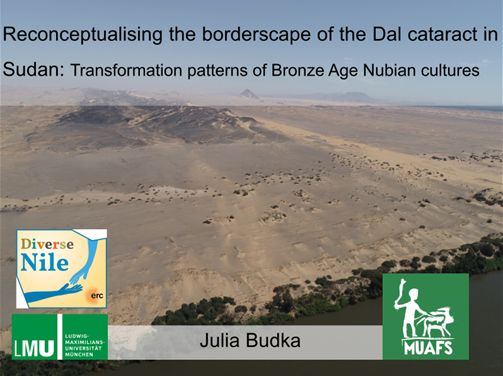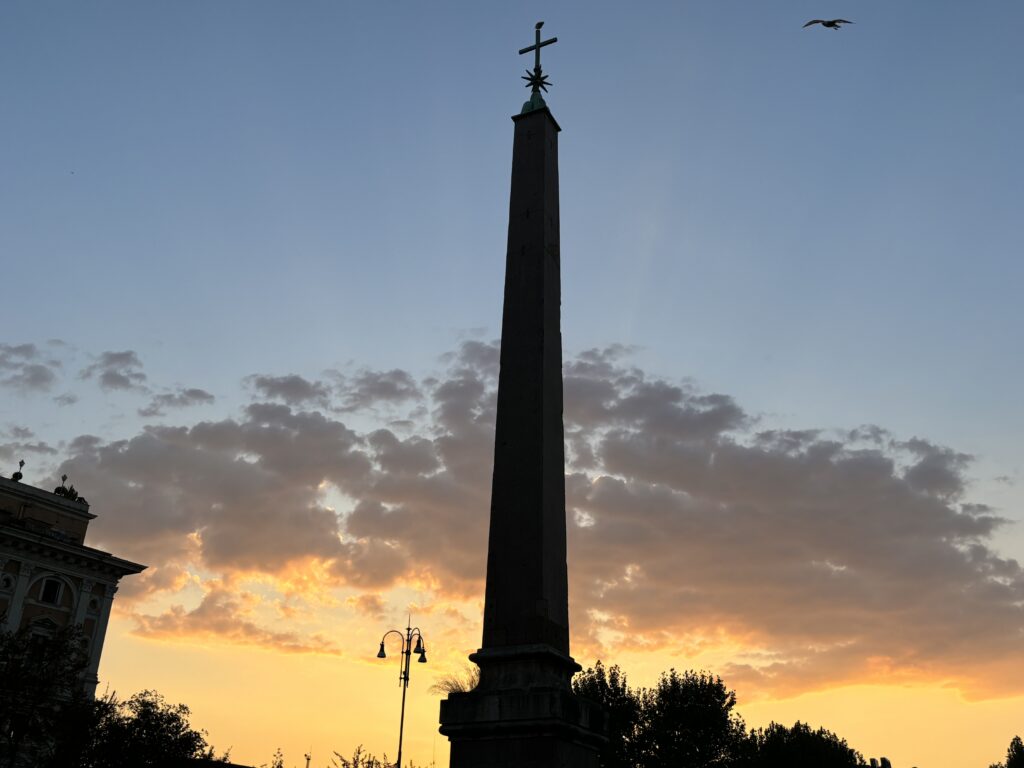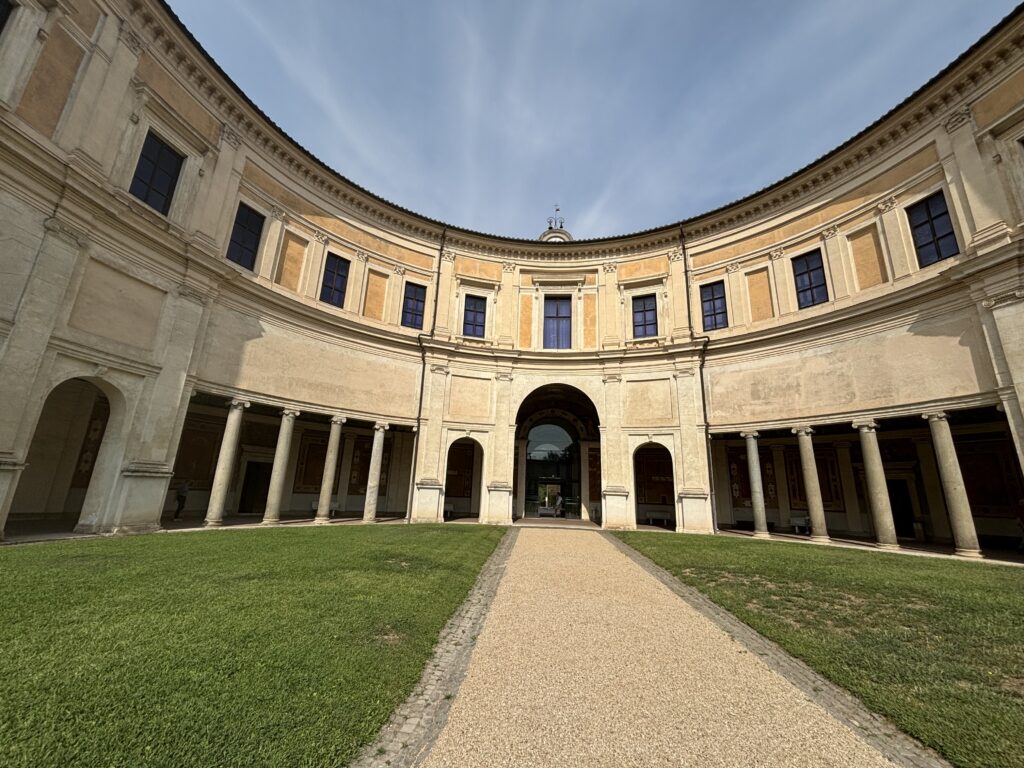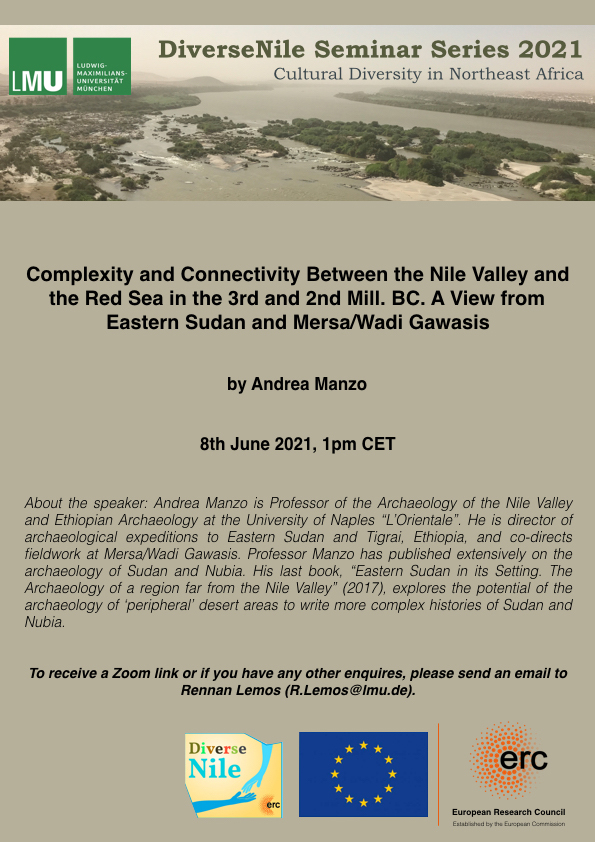All roads lead to Rome – this was especially true last week for 5000 archaeologists who all came to the 30th annual meeting of the EAA.
Chloe Ward and I were among this impressive number of participants to present the DiverseNile project. Fortunately, both sessions in which we presented also included a number of other presentations on Egypt and Sudan, which shows that our field is also increasingly represented at the EAA.
My talk was on the very first day in a session organised by Maria Gatto and colleagues entitled “The Archaeology of ancient Borderscapes: Multiple approaches, new paradigms.” This session was related to Maria’s The Borderscape Project. The lectures covered a great depth of time and geographical range – and yet we had a very solid thematic basis for discussion, regardless of whether it was about the Nile Valley, the Middle East, the Levant or various parts of Europe.

In my own presentation, I focused on the Dal cataract area as a kind of buffer zone between Lower and Upper Nubia and explored what we can learn about it from the finds in the MUAFS concession. My case studies included results from surveys, rock art and excavations at the sites GiE 003 and AtW 001. I also argued that our contact space biography approach is well suited to understanding the complexity of cultural dynamics often found in borderscapes.
Chloe found the perfect session for her expertise in the construction and production of knowledge in excavation archives. She attended the session “Old excavations and finds, new data and interpretations: The use of archices in current archaeological research projects”, which was organised by Kerstin Hofmann and colleagues on Saturday. This session also included a wide range of very exciting presentations. Chloe emphasised in her talk „Knowledge construction in and with the archaeological archive“ the methodological challenges we need to consider when working in the MUAFS concession and with the data published by André Vila in the 1970s.
As with every conference, however, the EAA in Rome was primarily about the discussions outside of the presentations, meeting old friends again and getting to know new colleagues. And of course, there was also Rome – a beautiful city that had far too much to offer. The social events of the conference were real highlights here – starting with the great location of the welcome party directly at the Palatine in the Vigna Barberini – what a luxury to be able to enjoy this place in the evening as an archaeological community!

Of course, there was also time for some city tours – in my case, of course, tours to the various obelisks. Museums were also freely accessible to all participants – I was particularly impressed by the Villa Giulia and the National Etruscan Museum housed there.

In any case, we are already looking forward to the next EAA, which will take place in Belgrade in 2025.

